Indiana Homeowners
Spring Lawn Care Guide
Welcome to spring in Central Indiana! The most critical season for lawn care in Indiana.
As the weather warms and the days lengthen, it's time to turn our attention back to our lawns and landscapes. After a long winter, your yard needs some dedicated attention to recover and flourish throughout the growing season.
A well-maintained lawn enhances curb appeal, increases property value, and provides a healthy outdoor space for your family.
This guide will walk you through essential spring lawn care practices specific to Hamilton County, IN, ensuring your yard is lush, green, and resilient.
Understanding Central Indiana's Spring Climate
Spring in Central Indiana is a transitional season, often bringing fluctuating temperatures and periods of rain. Typically, you can expect the ground to thaw and begin to dry out in March, with consistent warmer temperatures arriving in April and May. This variability means it's crucial to be attentive to your lawn's specific needs and adjust your care accordingly.
Indiana’s Spring Lawn Challenges
Indiana’s climate presents unique lawn care challenges:
Essential Indiana Spring Lawn Care Steps:
Here's a comprehensive checklist to guide your spring lawn care efforts to ensure you have a healthy, vibrant, and beautiful property you can enjoy all year long.
1. Spring Cleanup: The Fresh Start
As snow melts and the ground thaws, winter leaves behind debris, compacted soil, and thatch buildup that can suffocate your lawn. Your first step is to get a fresh start to the season with a Spring Cleanup.
Assess Winter Damage: Check your lawn and landscape for any signs of winter damage, such as snow mold (pink or tan patches on the grass) or broken branches on shrubs and trees. Gently rake matted areas to improve air circulation.
Remove Debris: Clear away any fallen branches, leaves, and other debris that accumulated over the winter. This allows sunlight and air to reach the soil and grass preventing potential disease issues and allowing for essential nutrients absorption.
Prepare Landscape Beds: Edge your landscape beds to define them clearly and prepare them for fresh mulch. Hope Grows Indy can assist with edging and preparing your beds for planting.
Trimming, Pruning, & Removal of Plants, Shrubs, & Trees: Spring is a good time to prune many trees and shrubs, removing any dead, damaged, or crossing branches.
Irrigation System, Gutter, & Drainage Check: Inspect your irrigation system for leaks and ensure proper coverage. Also ensure proper water drainage to prevent pooling and grass diseases.
Hope Grows Indy offers comprehensive Spring Clean-Up services to handle these tasks efficiently and affordably.
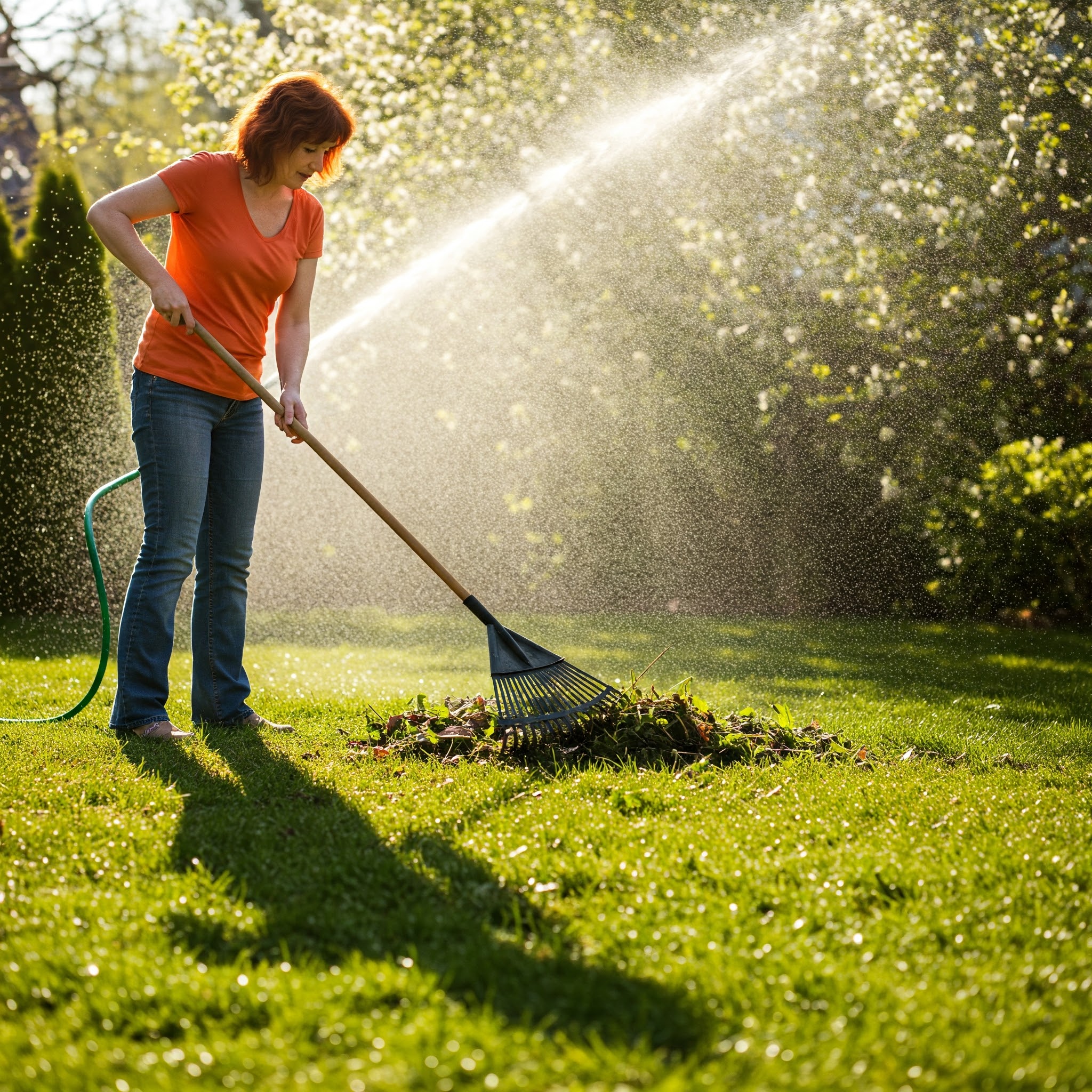
2. The First Mow: Setting the Stage
Once the grass starts actively growing, it's time for the first mow of the season.
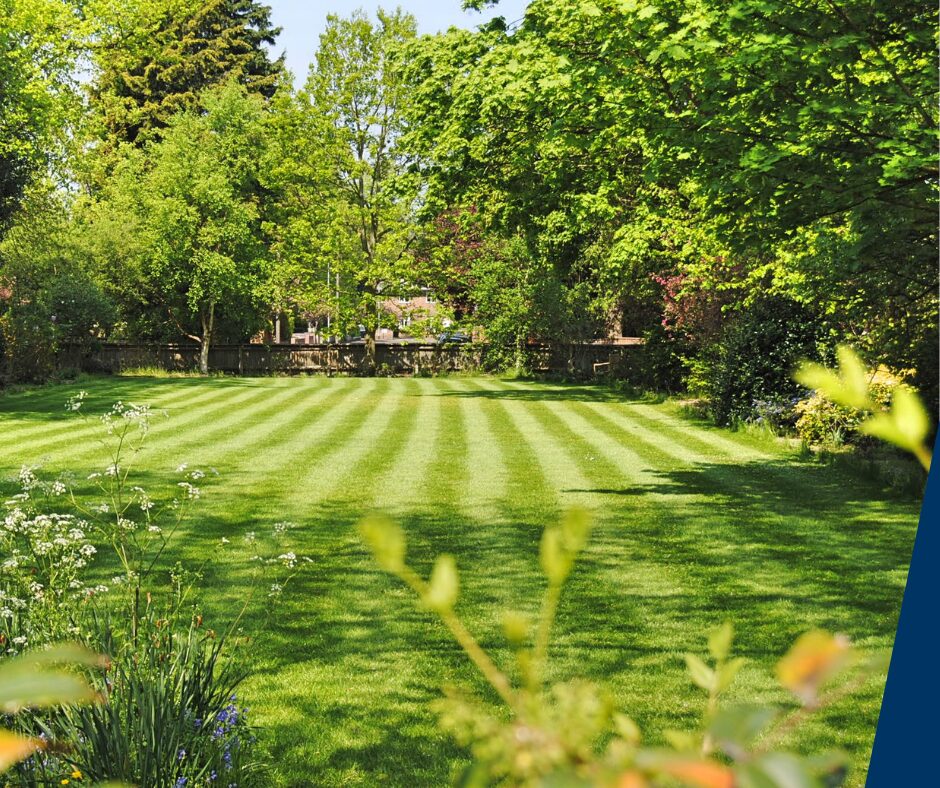
Wait for Dry Conditions: Ensure the ground is dry enough to avoid damaging your lawn with the mower.
Mow at the Right Height: Avoid cutting the grass too short, as this can stress the plant. Aim for a mowing height of around 2-3 inches for most common Indiana turfgrasses. Also, ensure your mower blades are sharp for a clean cut.
Hope Grows Indy offers regular lawn maintenance and mowing services to remove the hassle from your weekly to-do list.
3. Soil Testing & Fertilization: Fueling Healthy Growth
Soil health is the foundation of a thriving lawn and early-season fertilizer boosts your lawn’s growth to prepare it for a vibrant spring.
Test Soil pH & Nutrients: Indiana’s soil tends to be acidic. Aim for a pH between 6.0-7.0 for optimal grass growth.
Timing is Key: The ideal time for the first fertilization in Central Indiana is typically in April or early May, once the lawn is actively growing.
Choose the Right Fertilizer: Select a fertilizer appropriate for your grass type and the time of year. A balanced fertilizer with a higher nitrogen content is generally recommended for spring. Hope Grows Indy offers customized fertilization programs tailored to the specific needs of your lawn.
Hope Grows Indy creates a custom fertilization plan that’s tailored to your lawn’s needs, ensuring the right nutrients at the right time.
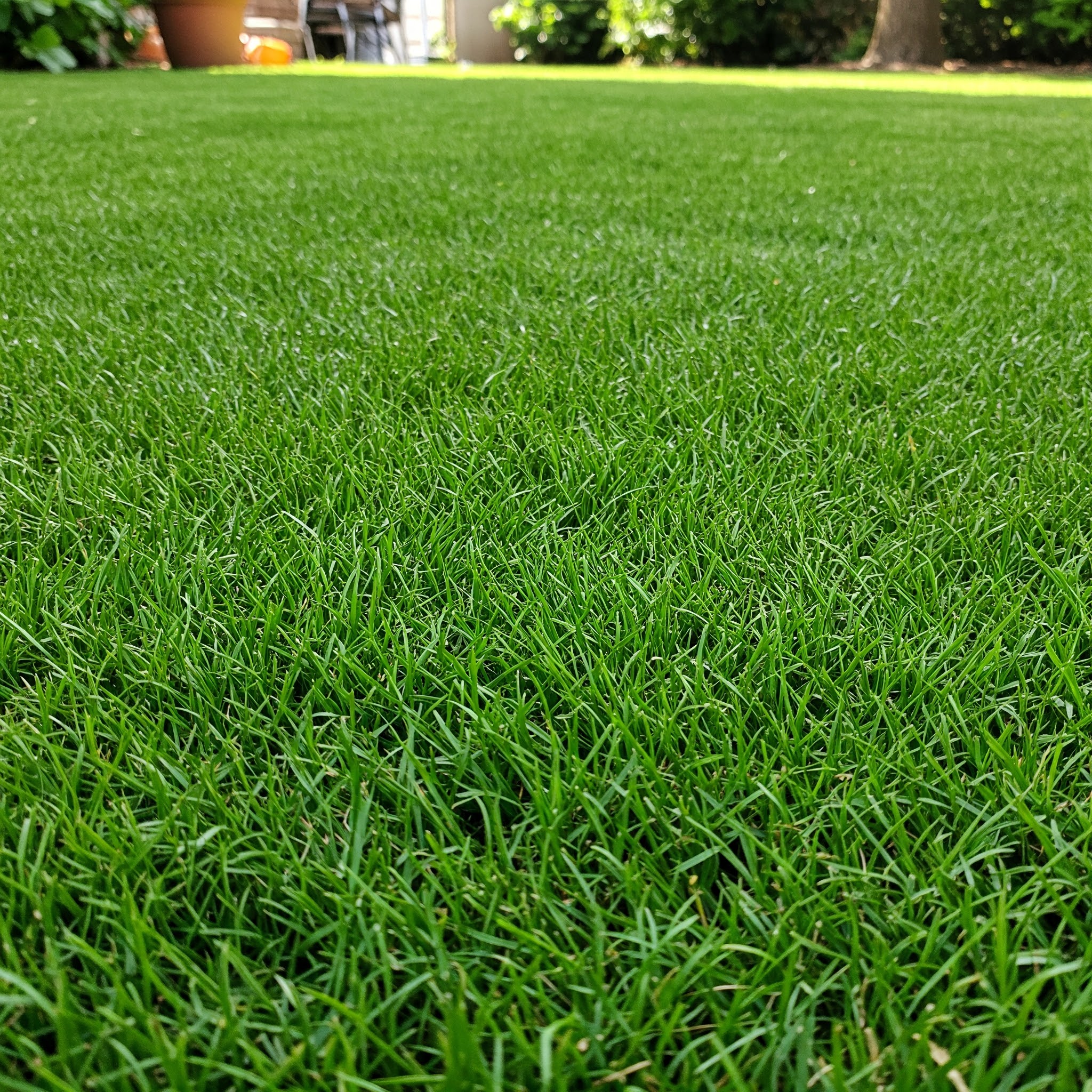
4. Aeration & Overseeding
If you have compacted soil or thin, patchy areas in your grass you may want to aerate and overseed.
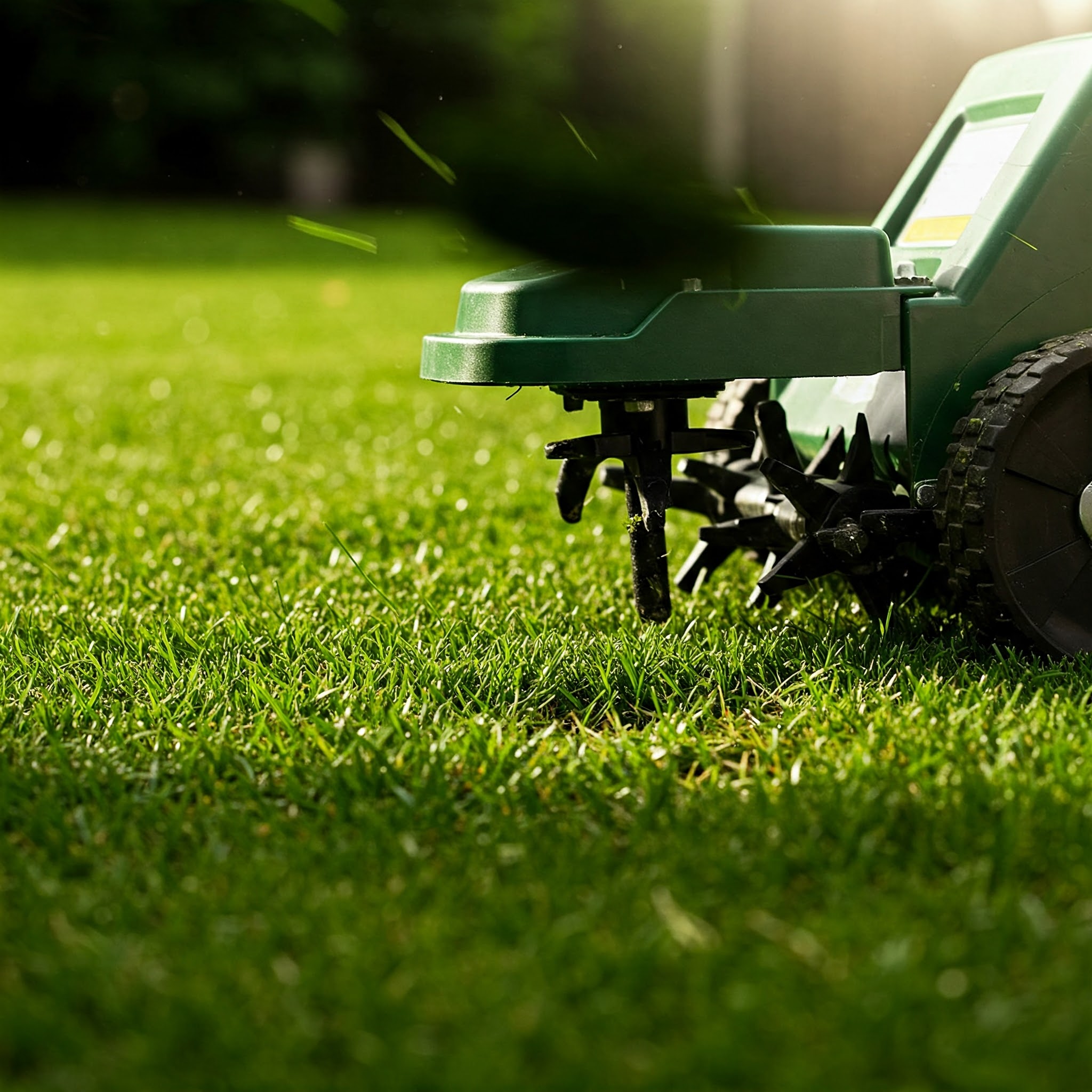
Aeration: Aeration involves creating small holes in the soil to improve air circulation, water penetration, and nutrient absorption.
Overseeding: Overseeding involves spreading grass seed over your existing lawn to thicken it and fill in bare spots. Fill in bare patches with a blend of fescue, bluegrass, and ryegrass to create a dense, weed-resistant lawn.
HGI typically recommends conducting your aeration and overseeing in the Fall. However, consider them for your lawn in the spring if you didn’t complete these activities the previous Fall and you have compacted soil or thin, patchy areas.
Hope Grows Indy provides professional core aeration and overseeding services to enhance your lawn's health and density.
5. Pre-Emergent & Post-Emergent Weed Control
Spring is the prime time for weeds to emerge. Taking proactive steps now can save you headaches later in the season.
Pre-Emergent Herbicides: Applying a pre-emergent herbicide in early spring can help prevent many common weeds, like crabgrass, from germinating.
Post-Emergent Weed Control: If you already see weeds, use a post-emergent herbicide specifically designed for the type of weed you're targeting. Spot-treat existing weeds with selective herbicides to avoid damaging healthy grass.
Hope Grows Indy offers effective weed control services to keep your lawn weed-free and looking its best.

6. Mulching & Landscape Bed Preparation / Enhancement
Spring is also the perfect time to refresh your landscape beds.
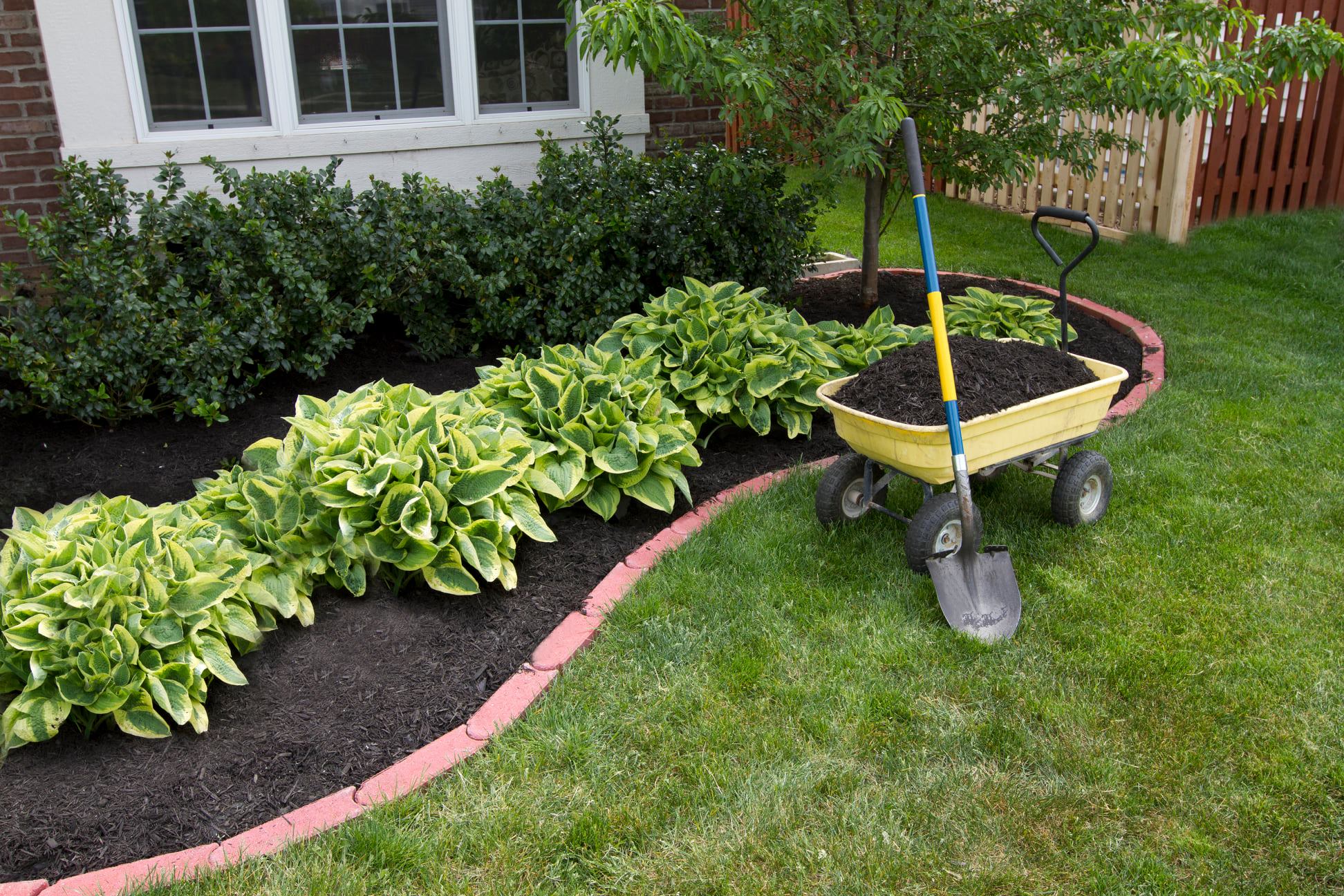
Mulch Application: Spread 2-3 inches of mulch around trees and flower beds to retain moisture and suppress weeds.
Edging & Border Cleanup: Define landscape edges for a polished look and prevent grass encroachment.
Plant Selection: Choose plants that thrive in Central Indiana's climate and soil conditions. Consider adding annuals for pops of color or perennials for lasting beauty.
Hope Grows Indy offers mulch installation and professional planting services that will help you design and install beautiful landscape enhancements.
7. Pest & Disease Prevention
As temperatures rise, pests and lawn diseases become active.
- Grub Control: Apply grub preventatives in April to stop beetle larvae from destroying grassroots
- Fungal Disease Watch: Avoid overwatering and ensure proper air circulation to prevent mold and mildew.
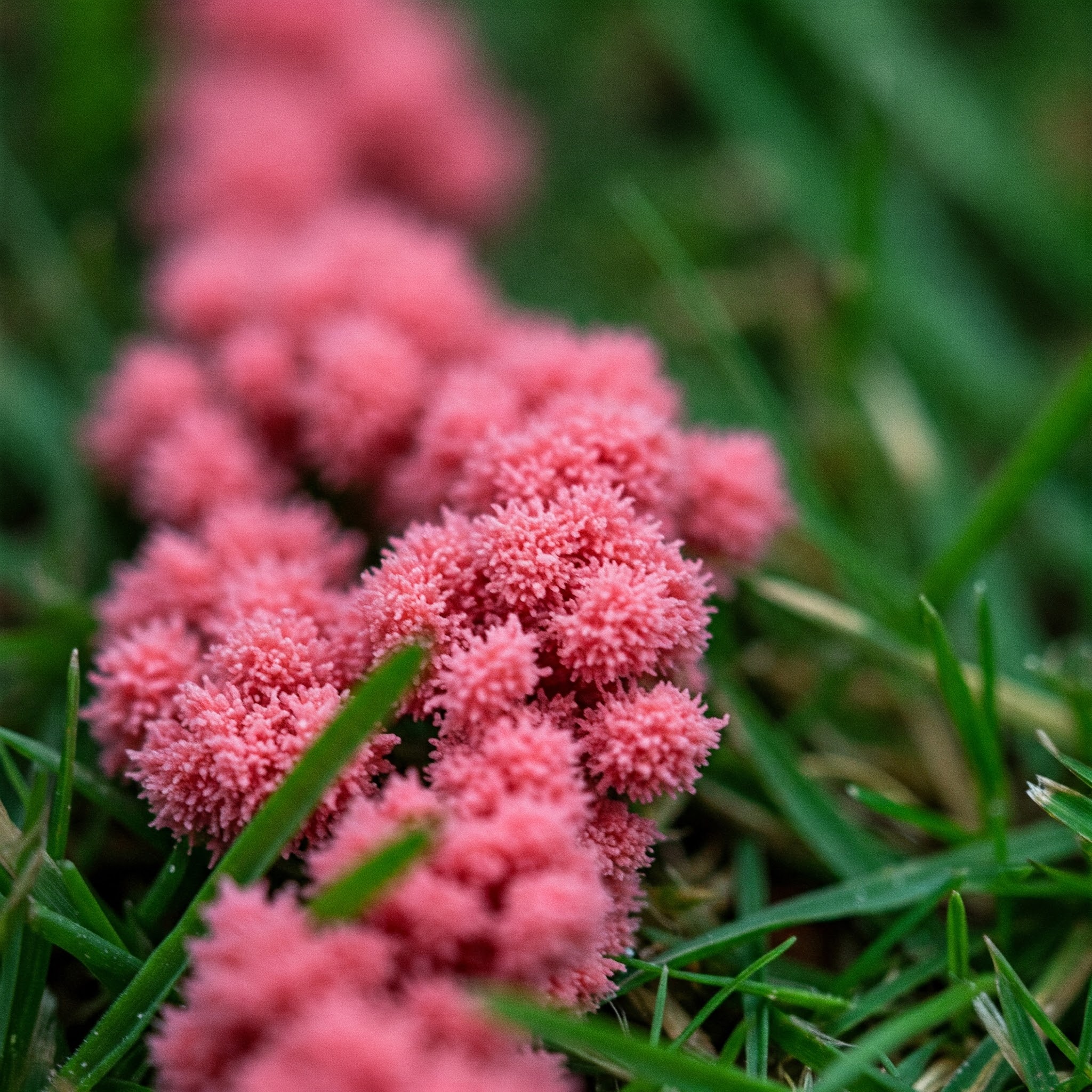
8. Proper Watering Practices
Spring moisture can be misleading—proper irrigation is crucial for root development.

- Deep, Infrequent Watering: Water 1-1.5 inches per week in early morning to promote deep roots.
- Avoid Overwatering: Excess moisture leads to fungal diseases like red thread and dollar spot.
- Check Sprinklers: Ensure even coverage and repair any winter-damaged irrigation systems.
When To Call A Professional
While many spring lawn care tasks can be done yourself, there are times when it's beneficial to call in the experts at HGI:

- You lack the time and/or energy: If you have a busy schedule, professional lawn care services can save you valuable time and effort.
- You're unsure about specific treatments: Proper fertilization and weed control require knowledge of different products and application techniques. Incorrect application can harm your lawn.
- You have complex landscaping needs: For tasks like landscape design, hardscaping, or addressing drainage issues, professional expertise is recommended.
- You want consistent, high-quality results: Professional landscaping companies have the experience, equipment, and knowledge to deliver consistently beautiful results.
REQUEST A QUOTE TODAY!
Don't wait to have your property transformed this season!
Enter your information below to get your free quote for Hope Grows Indy's premium local landscaping services.

